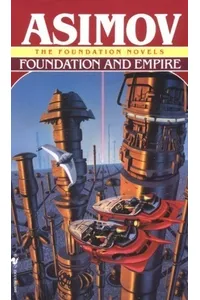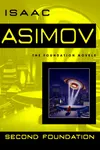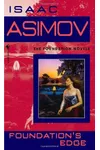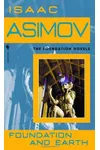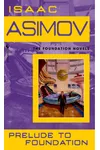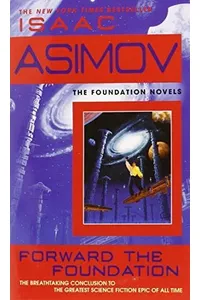Step into the cosmic saga of Foundation, where a galaxy-spanning civilization teeters on the edge of collapse, and one visionary scientist holds the key to its salvation! Isaac Asimov’s Foundation series is a dazzling science fiction epic that blends hard science, sweeping narratives, and mind-bending concepts like psychohistory—a mathematical way to predict the future of entire populations. Whether you’re a sci-fi buff or a curious newcomer, this series promises a thrilling ride through millennia of human destiny.
From its gripping exploration of societal decline to its hopeful vision of rebirth, Foundation has captivated readers for decades with its bold ideas and unforgettable characters. Let’s dive into the origins, stories, and lasting legacy of this genre-defining masterpiece.
How Foundation Began
In the 1940s, a young Isaac Asimov, inspired by Edward Gibbon’s The History of the Decline and Fall of the Roman Empire, envisioned a futuristic saga about a galactic empire’s collapse. What started as a series of short stories in Astounding Science-Fiction magazine evolved into a sprawling narrative. Asimov’s fascination with science, sociology, and human behavior birthed psychohistory, a fictional discipline that became the backbone of the series. Published as novels in the 1950s, the original trilogy quickly gained acclaim for its ambitious scope and intellectual depth.
The Heart of Foundation
The Foundation series kicks off with Foundation (1951), where mathematician Hari Seldon predicts the fall of the Galactic Empire and establishes two Foundations to preserve knowledge and shorten a 30,000-year dark age. Foundation and Empire (1952) introduces the Mule, a mutant whose psychic powers disrupt psychohistory’s predictions, adding delicious unpredictability. Second Foundation (1953) unveils the secretive Second Foundation, tasked with safeguarding Seldon’s plan. Later novels like Foundation’s Edge (1982) expand the saga, weaving in new worlds and mysteries.
At its core, Foundation explores themes of destiny, resilience, and the cyclical nature of history. Asimov’s sparse yet evocative prose paints a vast galaxy teeming with traders, scholars, and warlords. Psychohistory’s blend of statistics and sociology fascinates, raising questions about free will versus fate. The series’ episodic structure, spanning centuries, feels like a galactic tapestry, each thread a new era or hero rising to meet Seldon’s vision.
Why Foundation Resonates
Foundation’s influence on science fiction is colossal, inspiring works like Star Wars and Dune with its galaxy-spanning stakes. Its focus on ideas over action appeals to readers who love cerebral storytelling, while its themes of hope amid collapse resonate in uncertain times. The series won the Hugo Award for Best All-Time Series in 1966, beating out Tolkien’s Lord of the Rings, and its recent TV adaptation has introduced Asimov’s vision to new fans. Foundation remains a timeless exploration of humanity’s ability to shape its future.
About Foundation
- Publication: Original trilogy published 1951–1953; expanded in the 1980s–1990s.
- Books: Seven main novels, plus short stories.
- Awards: Hugo Award for Best All-Time Series (1966).
- Author: Isaac Asimov, prolific sci-fi writer and biochemist.
Ready to explore a galaxy where math predicts the future and heroes defy the odds? Grab Foundation and dive into Asimov’s unforgettable sci-fi universe!

